Printing has progressed over the years since first being documented in China some 1800 years ago. With the latest method of printing being introduced in 1991 in the form of ‘Digital printing’, have we reached the pinnacle of printing? As we ponder for a new printing process, let’s take a look at the most common printing processes that has shaped the industry as we know it.
The main industrial printing processes are:
- Offset Printing
- Lithography
- Digital Printing
- Gravure
- Screen Printing
- Flexography
Here at Reflex Print, we specialise in Offset printing, Lithography and Digital Printing, so let’s talk about them in more detail!
Offset Printing
Offset printing was first invented in 1875 by Robert Barclay; an Englishmen who originally used this method to print on tin. Only later, in 1904, was offset printing used to print on paper by Ira Washington Rubel.
Offset printing is where the inked image is transferred from a plate to a rubber blanket; from here it is then transferred on to the printing surface. When used in unison with lithography, the offset technique uses a flat image carrier that obtains ink and water from the rollers. The water will be attracted to the non-printed areas whilst the ink will cover the rest of the image.
Lithography
Lithography was first introduced in 1796 by a German author and actor Alois Senefelder as a method to publish theatrical works cheaply. As mentioned above, Lithography works because of the immiscibility of water and oil.
The process starts usually with an image drawn with oil, fat or wax upon a smooth lithographic limestone plate. When the stone was moistened, the etched areas would retain water; an oil based ink would then be applied which would be repelled by the water, leaving only the original drawing. To complete the process this drawing would be transferred onto a sheet of paper.
Digital Printing
With two corporations in control of the industry (Inkjet and Xerography), Digital printing was first introduced in 1991.
An Inkjet printer is the common household printer that we use in our day to day lives. If you are looking to print off a document, you would use an Inkjet printer; if you were trying to print off homework, you would be using an Inkjet printer. Because of the advancements in technology, printing is no longer a luxury item.
An inkjet printer contains multiple nozzles, each of which drop small droplets of ink that match the digital image sent to it. Inkjet printing is used for a lot of postage and signage and can be printed on paper, plastic, canvas and in some cases door or floor tiles.
Xerographic printers however, print images through the use of electrical charge. The metal drum will create a charge to attract toner particles. These toner particles are then transferred to the media that is being printed on.
These three processes are three of the most common methods of printing in the modern era; allowing us to print documents, reports, certificates and other essential media. Which do you think has been the most influential in shaping printing to what we know it for today?


Thank you sir
Now I know how I can be able to explain to my client the printing processes
Thanks